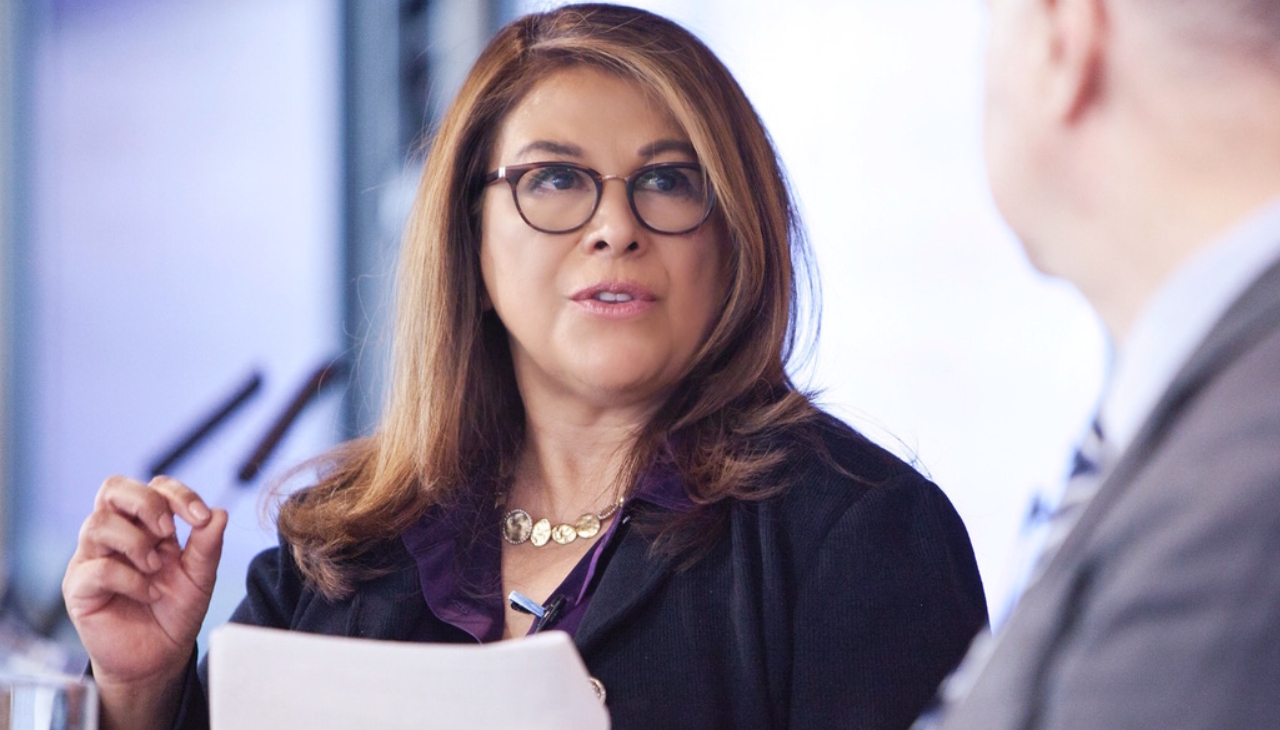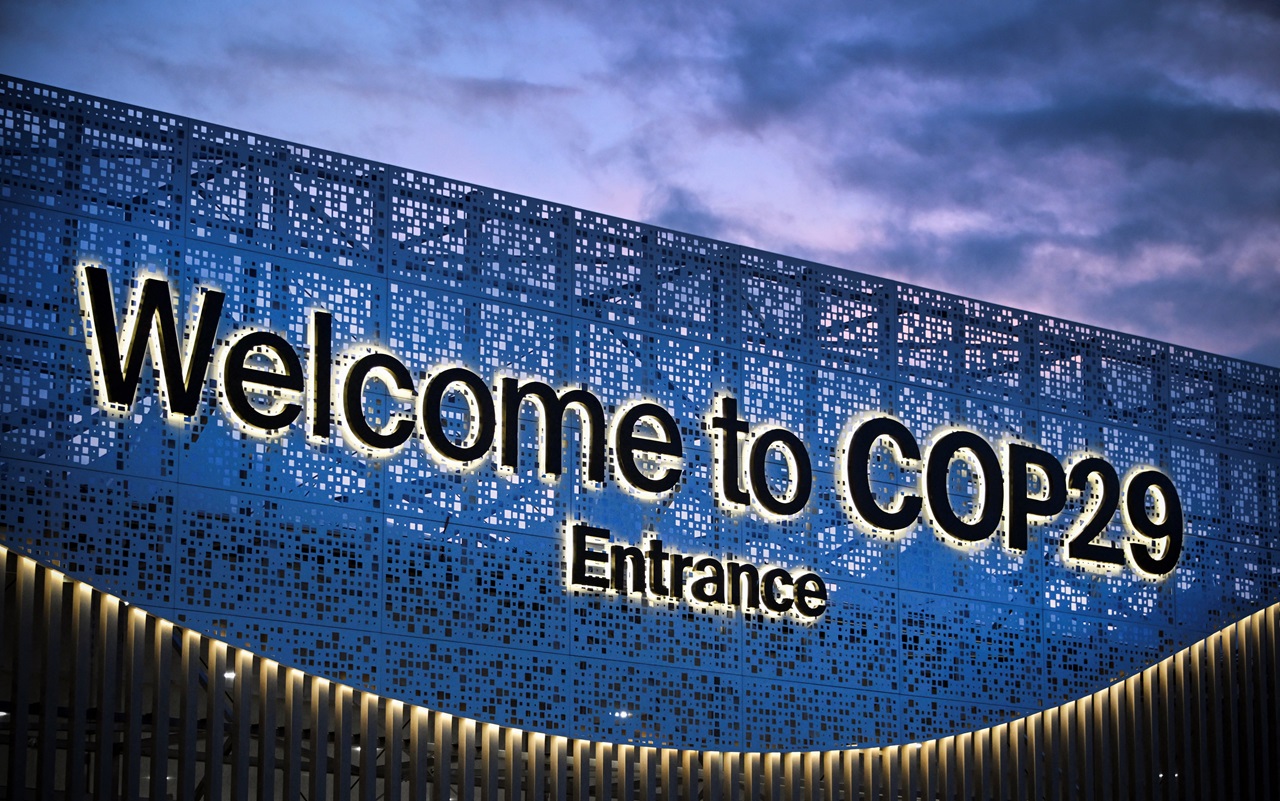
The realities of U.S. Latinos as the New Mainstream
Earlier this month, the Latino Donor Collaborative (LDC) hosted its 21st Convening in New York City.
The annual Convening is the premier gathering of national leaders to discuss business opportunities in the United States, with active and intentional engagement of the U.S. Latino market.
All sessions throughout the two days evolve around fact-based data from top American economic research centers and Latino consumer insights.
In the many years that LDC has presented this data, the U.S. Latino community has just continued to grow in various ways.
“We’ve found that in the last 10 years, Latinos have grown tremendously. Economically, the upward mobility of Latinos is incredible,” said Ana Valdez, President and CEO of LDC during a recent interview with AL DÍA.
Valdez added that Latinos are growing not only in population, but also in productivity and consumption.
Given that growth, the U.S. Latino population stands as “the new mainstream” in the country. However, many corporations are not fully investing in the community to the degree they should.
At LDC, the goal is to present the business reasons to engage the U.S. Latino community.
The Perception of Latinos Has Changed. Or Has It?
Since 2012, the LDC has conducted a biannual national poll on the perception of Latinos in the U.S.
In that first poll, Valdez noted that about two-thirds of the U.S. population considered that Latinos were “takers.”
The most recent poll released in 2022 showed a flip in that proportion, as about two-thirds of the population considered Latinos to be “contributors.”
While that shows some progress, Valdez expresses “there’s still a lot of work to do.”
Other results from the poll has not shifted as drastically.
“For example, within that same poll, we found that people in America think that if you’re Latino and not poor, you most probably are associated with some kind of crime, which is horrible,” Valdez added.
When shows with Latinos in lead roles include “Narcos” and “Queen of the South,” it perpetuates negative stereotypes.
“All these horrible stereotypes prevail in many Americans’ minds,” said Valdez.
The numbers speak volumes, and as Valdez notes, “representation matters.”
LDC’s Business Agenda
The importance of representation for Latinos is multifaceted.
With the Latino community currently occupying 19% of the U.S. population — and growing — the LDC is driven to address the underrepresentation of Latinos in all industries.
“We know that there are a lot of nonprofit organizations like ours that are already doing the social justice aspect of representation and they’re needed and that aspect is extremely important,” said Valdez. “But nobody was doing the business side of the need for representation.”
That’s where LDC comes in.
“We are lucky that we have great relationships with resource allocators within the corporate world and with the media, so we create data so that they can create representation and so they can also put numbers on the money that has been left on the table by not having Latinos in their content,” said Valdez.
At the Convening, LDC takes the opportunity to look at how companies are doing in terms of Latino representation, and ways to improve.
The Case for Latinos
In 2010, the total economic output of U.S. Latinos was $1.7 trillion.
The Latino GDP has grown substantially since then, as the most recent report recorded that the Latino GDP is now at $2.8 trillion.
If U.S. Latinos were a standalone country, they would account for the 5th largest GDP in the world — surpassing some of the world’s major powers, including France, India, Canada, and the United Kingdom.
U.S. Latinos also represent the third-fastest growing economy in the world.
“This is not only important at this point in time, but the trend is terribly impactful,” said Valdez.
A key indicator as to why the Latino GDP has grown so substantially is entrepreneurship, as more than 50% of all new businesses in the U.S. are started by Latinos, according to Stanford.
While “tremendous,” as Valdez described, the reasoning behind many Latinos turning to entrepreneurship is often due to necessity.
“Unfortunately, one of the reasons why Latinos have to become entrepreneurs is that they don’t have access,” Valdez noted.
“Latinos are going to college… they graduate, they’re ambitious, they want to give back to their communities and to their parents. And they don’t get into the corporations, they don’t get into those positions that are traditionally reserved for professionals, so they go to entrepreneurship,” she continued.
The good news on that front is that many Latino entrepreneurs are successful and produce upward mobility.
“The bad news is that a lot of the corporations and a lot of the established outlets typical for professionals don’t benefit from that community,” Valdez underscored.
In addition to the high entrepreneurial spirit of Latinos, another factor that favors the U.S. Latino community is how young they are.
The most common age of U.S. Latinos is 18, compared to the most common age in the White community, which is 62.
Valdez highlighted that Latinos represent 30% of all babies being born in the U.S. today.
“In the next eight to 10 years, those kids will integrate into the workforce and will bring a lot more productivity into the system and the economy,” said Valdez.
Furthermore, in 2021, LDC released a coronavirus report that highlighted the economic impact Latinos will have in recovery efforts.
CONTENIDO RELACIONADO
While Latinos were among the populations most affected by COVID, the report also found that in 2020, Latinos bought over 900,000 new homes — a number only exceeded by White homebuyers.
“Those are opportunities that we constantly like to point out because these are business opportunities, and not knowing Latinos well, creates a lot of money being left on the table,” said Valdez.
Launch of the LDC Think Tank
At this year’s Convening, the LDC announced the official launch of its new branch, the Latino Data Collaborative Think Tank.
The launch is part of an ongoing effort committed to producing independently funded research and analysis of the economic contributions and value of U.S. Latinos.
“We’ve been creating all this data… but at a certain point, we really felt the need to isolate this data into a very pristine, non-negotiable fact-based initiative,” Valdez explained.
For LDC, “the data is sacred,” said Valdez, and the launch of the think tank allows the organization to separate its data collection and presentation, from its activism work.
In order words, it’s a separation of LDC’s action tank and think tank.
“The Latino Data Collaborative will be fully in charge of all the data, and the Latino Donor Collaborative will be the parent company and in charge of all other other initiatives of communication, activism [and] social media,” she added.
An Alarming Decline of Latino Representation
At the Convening, LDC released the 2022 Latinos in Media report, a five-year benchmark that measures U.S. Latino representation in TV shows and films.
The report found that U.S. Latino representation for the last quarter of 2022 went down to 2019 levels.
It reveals that only 2.6% of lead actors in shows, 1.4% of showrunners, and 1.5% of directors in 2022 were Latino.
Only 38 out of 1,462 shows that aired during primetime television and streaming in 2022 had a Latino actor in the lead role. Additionally, of those 38 shows, 18 portrayed Latinos negatively or perpetuated false stereotypes about the U.S. Latino community.
With Latinos representing 19% of the U.S. population and more than 25% of all American youth, each of those numbers shows significantly under-indexing of the Latino population. The negative portrayals and stereotypes certainly don’t help the matter either.
In a word, Valdez is “devastated” by the trend. This is particularly true given that the decline is especially glaring for Latinos.
“This goes to something that we also point out in the report,” she noted. “The diversity movement, the BIPOC movement in media have created terrific growth for other communities.”
The African American, Asian American, and Native American communities show comparable representation, and in some cases, overrepresentation in media.
“But unfortunately, Latinos continue to be severely underrepresented,” added Valdez.
Important Calls to Action
The decline of Latino representation in TV and film has prompted LDC to highlight the urgency for Hollywood to make a more concerted effort to increased Latino representation.
Valdez is clear and succinct with how she believes this should be approached.
“What you have to do is use the same capacity and intentionality that you used with African Americans, with Asian Americans and Native Americans, with Latinos,” she said.
“We’re not looking for you to change anything that you’ve already created. We’re looking for you to help Latinos to catch up. And what we’re looking for and we know will happen is we’ll expand the pie for everybody,” Valdez added.
That is what the LDC is advocating for.
“Hollywood needs to respond to our question: Why are you not including us?” said Valdez.










DEJE UN COMENTARIO:
¡Únete a la discusión! Deja un comentario.